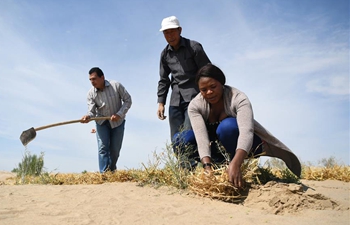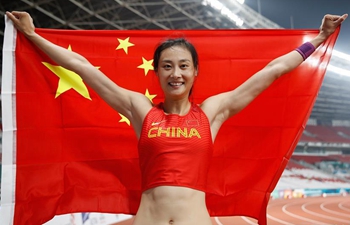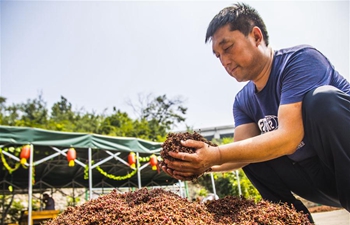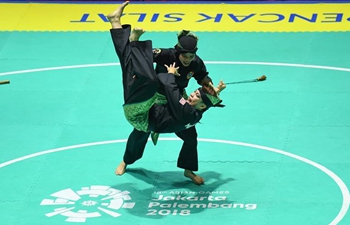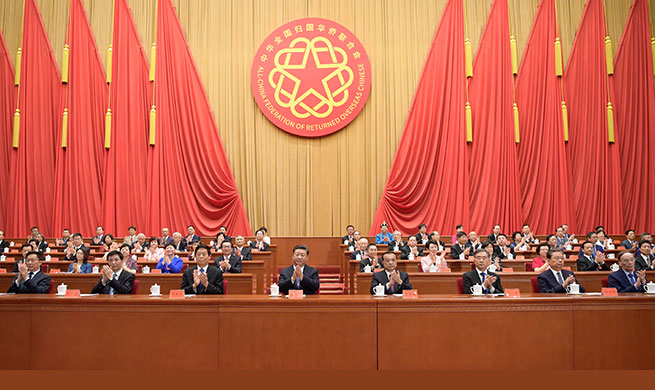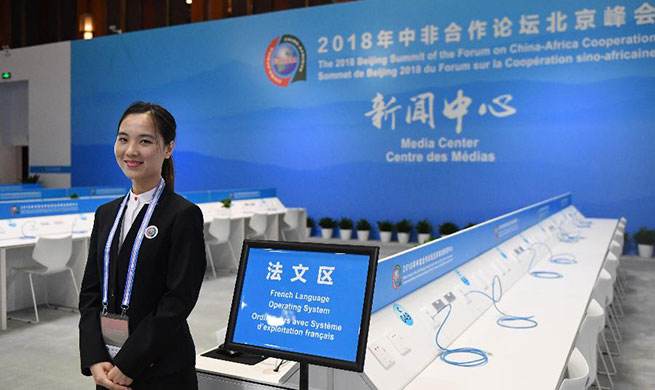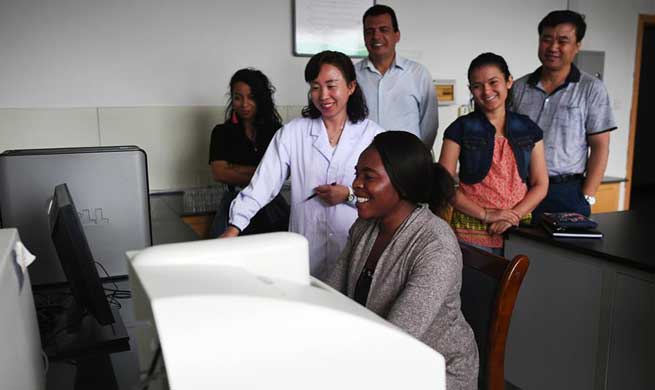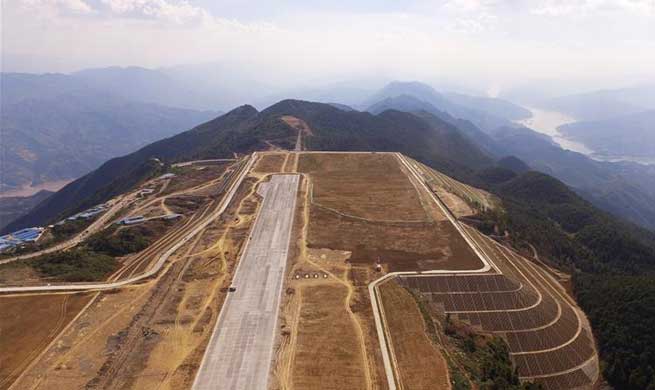SYDNEY, Aug. 30 (Xinhua) -- A unique renewable energy project developed at an Australian university has received commercial support, paving the way for easy to install, widely available solar cells that can be printed on sheets of plastic using conventional printers.
Created at the University of Newcastle, physicist Professor Paul Dastoor has developed a way to print organic electronic inks onto sub-millimeter thin sheets of plastic.
"This is the first commercial uptake of printed solar in Australia, most likely the world," he said on Thursday.
"It's a historic step in the evolution of this technology and another example of private enterprise and community leading the charge in the adoption of renewables."
At the moment the university's lab-scale printer is able to produce hundreds of meters of the material per day, but with a new commercial-scale printer and the backing of CHEP - a Brambles Limited subsidiary - the team expects output to increase to kilometers.
"No other renewable energy technology can be manufactured as quickly," Dastoor said.
As well as being much cheaper, printed cells are also around 300 times lighter than existing silicon solar panels.
"Many roofs just aren't capable of supporting the weight of the amount of silicon panels required to meet their energy demands," Dastoor said.
"The low cost and speed at which this technology can be deployed is exciting as we need to find solutions, and quickly, to reduce demand on base-load power - a renewed concern as we approach another summer here in Australia."
According to Phillip Austin, president of CHEP Asia-Pacific, the partnership illustrates how science and private enterprise can come together to solve global problems.
"The drivers for working with Professor Dastoor's team were twofold - the chance to steward this emerging renewable energy technology to implementation and the opportunity to make our circular 'share and reuse' business model even more sustainable," he said.
"This partnership creates an important test ground where this technology can demonstrate its impact."
Over the next six months, the collaboration's main focus will be to develop a way to recycle the materials.
"My goal is to completely recycle the old material and use that resource to manufacture new solar cells," Dastoor said.




